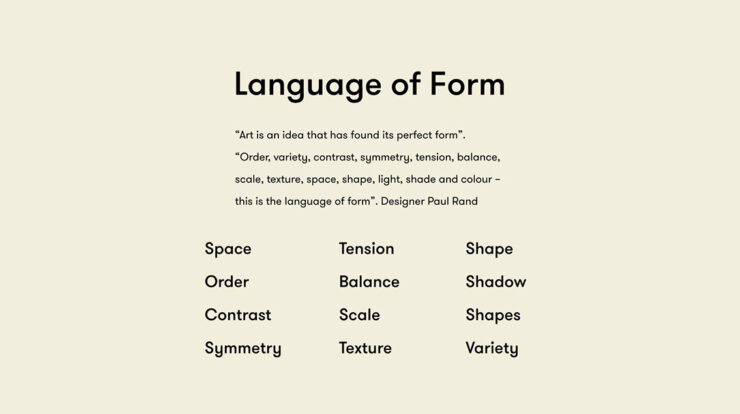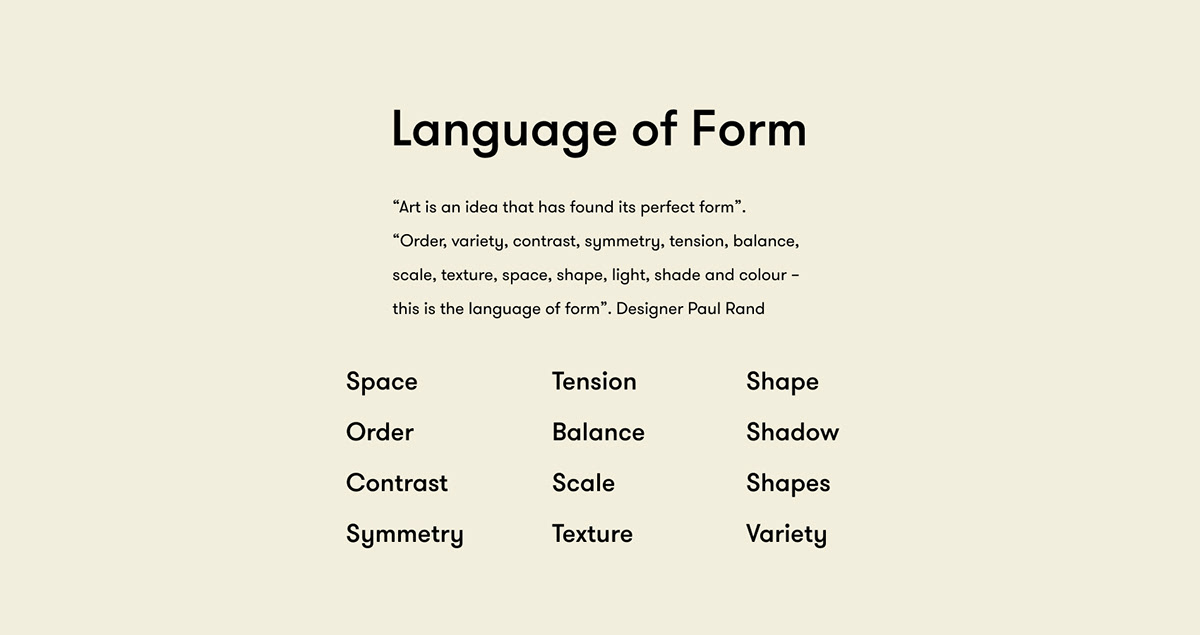
As sheet language meaning takes center stage, this opening passage beckons readers into a world crafted with precision and clarity, ensuring a reading experience that is both absorbing and distinctly original.
Sheet language, an enigmatic yet indispensable tool of communication, has left an indelible mark on history and continues to shape our present-day interactions. Delve into its origins, applications, and significance as we unravel the intricacies of sheet language meaning.
Sheet Language
Sheet language, a visual representation of data, is a system that employs graphical elements to encode information in a structured manner. It allows for the organization and presentation of complex datasets, facilitating efficient analysis and interpretation.
Sheet languages find applications in various fields, including data analysis, project management, and software development. Their versatility and intuitive nature make them valuable tools for visualizing and communicating information across different domains.
Historical Origins of Sheet Language
The origins of sheet language can be traced back to ancient times, with early examples found in the form of clay tablets and papyrus scrolls. These early forms of data visualization served as a means of recording and organizing information, often for administrative or accounting purposes.
Over time, sheet language evolved and became more sophisticated, incorporating elements such as tables, charts, and graphs. The development of spreadsheets in the late 20th century marked a significant advancement in sheet language, enabling the creation and manipulation of large datasets in a digital format.
Types of Sheet Languages
- Spreadsheets: Tabular data organized in rows and columns, allowing for calculations and analysis of numerical data.
- Flowcharts: Diagrammatic representations of processes or workflows, using shapes and arrows to illustrate the flow of information or actions.
- Gantt charts: Bar charts that visualize project timelines, showing the start and end dates of tasks and their dependencies.
- Mind maps: Hierarchical diagrams that represent ideas and concepts, connecting them with lines and branches to show relationships.
Applications of Sheet Language, Sheet language meaning
- Data analysis: Visualizing and analyzing large datasets, identifying trends, patterns, and outliers.
- Project management: Planning and tracking projects, allocating resources, and monitoring progress.
- Software development: Documenting and visualizing software architecture, requirements, and test cases.
- Education: Simplifying complex concepts, visualizing data for students, and assessing understanding.
Advantages and Disadvantages of Sheet Language
Advantages
- Visual representation: Simplifies complex data and makes it easier to understand and interpret.
- Data organization: Structures and organizes data, enabling efficient analysis and retrieval.
- Collaboration: Facilitates sharing and collaboration on data visualization projects.
- Flexibility: Allows for customization and adaptation to different data types and analysis needs.
Disadvantages
- Complexity: Can become complex for large or intricate datasets, requiring careful design and maintenance.
- Interpretation errors: Incorrect interpretation of visual elements can lead to errors in analysis.
- Software dependency: Requires specialized software or tools to create and edit sheet language documents.
- Limited interactivity: May not provide the same level of interactivity as other data visualization techniques.
Examples of Sheet Language in Practice
- Financial analysis: Spreadsheets are widely used for financial modeling, budgeting, and forecasting.
- Project planning: Gantt charts are commonly employed to visualize project timelines and dependencies.
- Software documentation: Flowcharts are used to document software architecture and processes.
- Data visualization: Interactive dashboards and reports utilize sheet language elements to present data in a visually engaging way.
Future of Sheet Language
The future of sheet language holds promise for continued innovation and advancements. Emerging technologies, such as artificial intelligence and machine learning, are expected to enhance the capabilities of sheet language, enabling automated data analysis, predictive modeling, and real-time data visualization.
As data continues to grow in volume and complexity, sheet language is poised to remain an essential tool for organizing, analyzing, and communicating information across various domains.
Summary: Sheet Language Meaning

The tapestry of sheet language meaning is vast and ever-evolving, inviting us to explore its depths and marvel at its enduring relevance. Its ability to transcend time and cultures underscores its fundamental role in human communication, making it a subject worthy of continued study and appreciation.
Top FAQs
What is sheet language?
Sheet language refers to any system of symbols or marks used to represent information on a flat surface, such as paper or a computer screen.
What are the different types of sheet languages?
There are various types of sheet languages, including spreadsheets, charts, graphs, and musical notation, each serving specific purposes and applications.
What are the advantages of using sheet language?
Sheet language offers advantages such as clarity, organization, data visualization, and ease of communication, making it valuable in various fields.






